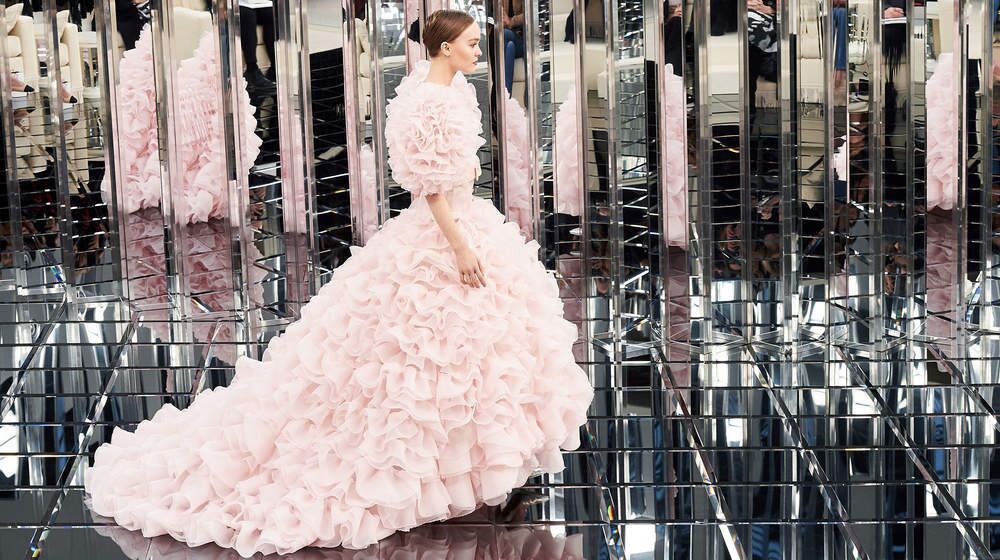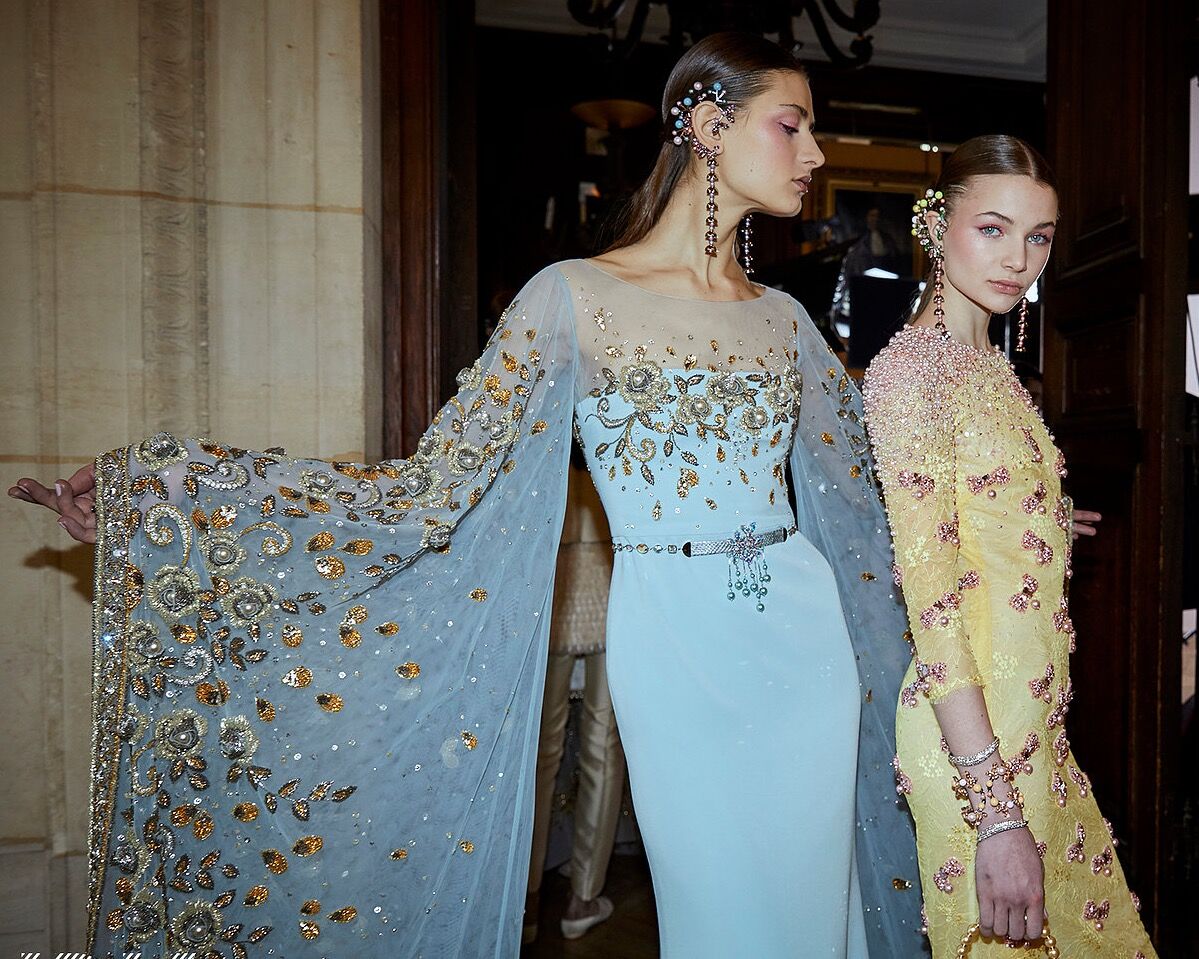Like Champagne or Bordeaux, the term haute couture has a protected legal definition. Its use is reserved for fashion houses that adhere to the exacting requirements of the French Ministry of Industry and the Fédération Française de la Couture. These institutions produce an official list of qualifying brands.
In order to be eligible for the haute couture designation, the clothing must be made-to-measure for private clients, the designer must operate an atelier in Paris with no less than 20 employees, and the house must present two collections per year that show both day and evening wear. The couture house also has to create at least 50 original designs per show.
Established couture houses include Chanel, Christian Dior, Armani, and Givenchy. Newer members are Yiqing Yin, Alexandre Vauthier, Rad Hourani, and Iris van Herpen. Thinking about splurging on couture? Here are six things to consider before you make that significant investment.
 Photo Credit: Iris Brosch
Photo Credit: Iris Brosch
1. Future Value is Unknown
While couture pieces may appreciate in value, there are no guarantees that what is fashionable today will be considered desirable tomorrow. Fashion can be fickle. Purchasing purely for investment is risky, and the opacity of the market makes it hard to judge the true value of a piece. As with any collectible, the best approach may be to buy what you like.
2. Preserve the Value of Your Collection
If you’re interested in collecting couture, take steps to preserve its value, so you have the opportunity to benefit if it does appreciate over time. To do this, treat it like the work of art it is.
3. Keep a Detailed Inventory
Ensure that you can certify the authenticity of your items. Retaining original paperwork (such as a bill of sale), sketches, photographic documentation of the article (including show catalogs, where available), and any subsequent appraisals or assessments will allow you to demonstrate the chain of custody of your collection.
4. Properly Store the Garments
Keep each item enclosed in custom-made zipper bags that are airtight. Outside, in a plastic-windowed pocket, insert a photograph of the outfit. Store at a temperature that won’t damage the fabric.
5. Think About Your Legacy
You might consider donating some or all of your collection to a museum or other charitable purpose. Jill D’Alessandro, Curator of Costume and Textile Arts at the Fine Arts Museums of San Francisco (FAMSF), shares that “donating to a museum allows your collection a life outside your own that can continue for future generations to come.” The costume and textile arts department at FAMSF has a collection of more than 14,000 objects—a quarter of which is explicitly dedicated to couture.
6. Don’t Forget Your Couture When Planning
Your couture collection isn’t just something you take pleasure in—it’s also an asset. Failing to take this into account when making decisions about your wealth and estate plans can have serious financial consequences. Having a well-documented plan that includes all of your assets is essential to ensuring your wishes are carried out correctly.
Richard Davis-Lowell is a Senior Wealth Director in BNY Mellon’s San Francisco office. For questions about this article, please contact him at Richard.davis@bnymellon.com or 415-951-4103.



























